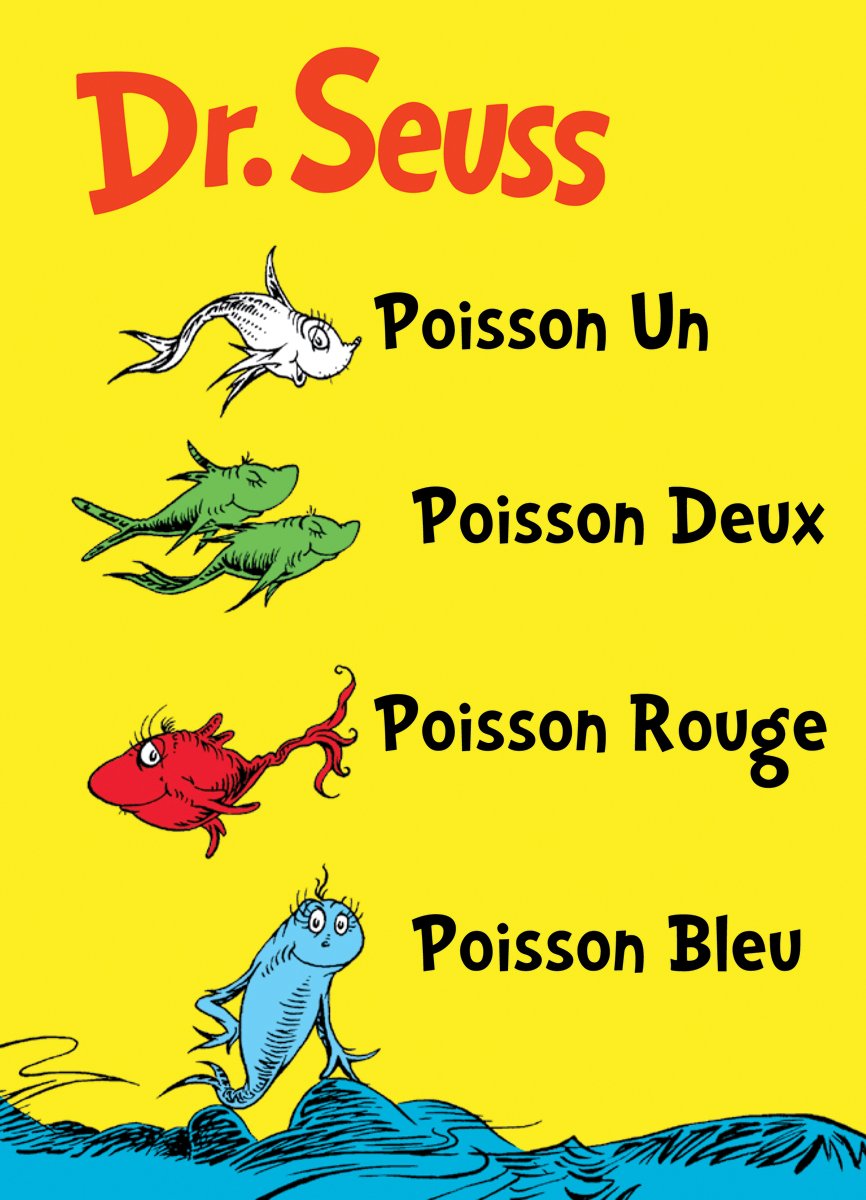SPECIAL FEATURE: LITERARY TRANSLATION, PART 2
While studying for her master’s in translation, budding Japanese>English practitioner Laura Fritch has developed a passion for ideophones. For this special feature on literary translation Laura offered to share what she has learned about this lesser-known word class, and we jumped at the opportunity.

‘… the ‘untranslatable’ … is where much of the fun of literary translation lies …’
Literary translators are all too familiar with the ‘untranslatable’ … yet for me, this is where much of the fun of literary translation lies, as it’s where we can use our ingenuity and creativity to adapt, create, explain and approximate.
Still, there are times when omission is more practical. Perhaps an explanation would be too verbose, or a footnote would be stylistically inappropriate. In the case of translating ideophony [see inset box for an explanation of this term], Japanese-to-English translators often choose to omit it.
Ideophony is about putting perception into words, so that the person you’re talking to can also experience the scene depicted. Put this way, ideophones are an expressive way of sharing experience and sensation by mapping meaning onto form. They add colour and vividness to our speech and writing. Why, then, is it common to omit ideophones in Japanese-to-English translation?
One reason is simply down to a difference between the two languages regarding their linguistic inventories. While Japanese has thousands of ideophones, English appears to have relatively few, so perhaps it would make sense for this discrepancy to be reflected in translation.
Ideophones are words that vividly depict sensory experiences and impressions, and they are often characterised by iconicity – that is, the shape of a word resembles its meaning.
A subset of ideophony is onomatopoeia, in which words depict sounds through imitation. For instance, both the English ‘cheep cheep’ and the Japanese ‘piyo piyo’ resemble the actual sounds of birds chirping.
However, going beyond this mimicry, ideophones can also imitate sensation, texture, movement and manner. Examples in English include ‘zig-zag’, ‘glimmer’, ‘higgledy-piggledy’ and ‘twinkle’.
However, I can’t help but feel this is too simple an answer. Is English really so lacking in ideophones? And is it truly acceptable to simply abandon the sensory nature of words in translation?
It’s easy to think that modern translation has moved beyond obsessing over preserving each and every word, maintaining complete equivalence. So long as the meaning is transferred, why fret about the form?
However, in literary translation, sometimes form is as important as meaning. For instance, imagine translating one of the many children’s picture books written and illustrated by Theodor Seuss Geisel under his pen name Dr. Seuss. (For those who don’t know them: the hugely popular, mainly rhyming books by Dr. Seuss have remained favourites with both parents and children since the first was published in 1937.) While the meaning is certainly important, surely the playfulness of the form is also a key aspect of the work? To my mind, a translation without any rhyming or nonsense words would lack the spirit of Dr. Seuss. A perfect illustration of my point here are the two translations into French of the title of one of his most well-known books, One Fish, Two Fish, Red Fish, Blue Fish, reproduced on this page.
In my case, as part of my degree in translation studies, I’m translating not Dr. Seuss, but a short story for children by Japanese author Kenji Miyazawa. Just as Dr. Seuss is known for his whimsical ways with language, Miyazawa is renowned for his playful use of ideophones. Furthermore, ideophony is a genre convention in children’s literature. These are two reasons why I believe it’s worth striving to preserve ideophonicity in translation.
Why, then, has the dominant translation strategy been to omit ideophones?
Perhaps because they are at odds with English language conventions: a book full of onomatopoeia may come across as childish in the English language (although in my case, translating children’s literature, that’s kind of the point). Alternatively, the reason may be a bit deeper than that. It may be linked to the very history of the ideophone.


The term was only coined in the last century, when initially – due to a combination of Orientalism and colonialism – the ideophone was regarded as an ‘exotic’ phenomenon rather than a major word class, and as a result was linguistically marginalised. These days, in languages such as Japanese, Korean, Basque, Turkish and Zulu, ideophony is being given the attention it deserves, and rich corpuses of ideophones have been developed. English, however, does not yet have such a corpus, and there is comparatively little research into the ideophones we do have. Does this simply mean that ideophones are rare in English, or is it a reflection of the marginalisation of this word class in linguistic research and documentation? Probably a bit of both.
By attempting to retain ideophonicity in an English translation – translating the ‘untranslatable’ – our achievement is twofold. We are not only helping others access a foreign language, but also learning more about our own language in the process.
Laura Fritch is currently studying Japanese>English translation in the Masters of Interpreting and Translation (MITS) program at Monash University. Having studied ideophony during her undergraduate years majoring in linguistics, she has remained fascinated by this lesser-known word class, and plans to continue studying ideophony in translation as part of a future PhD. Laura is interested in pursuing literary and academic translation professionally.
In the August issue of In Touch, Laura will tell us how she went with translating Miyazawa’s ideophone-laden text.
NOTE: In Touch requested permission to reproduce the cover images on this page, but received no answer from Dr Seuss Enterprises; however, we believe this use falls under the copyright exemption of ‘fair dealing’.


